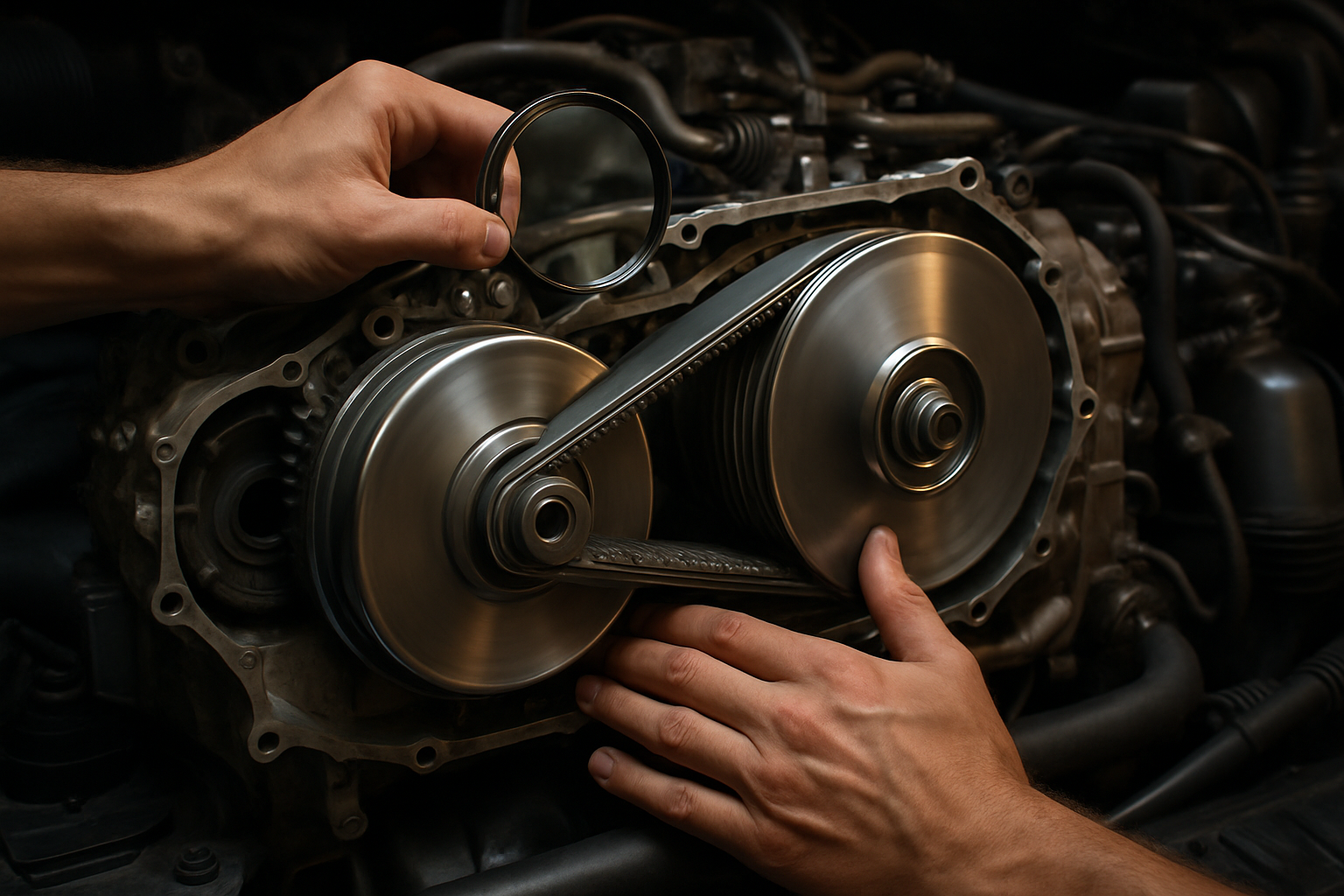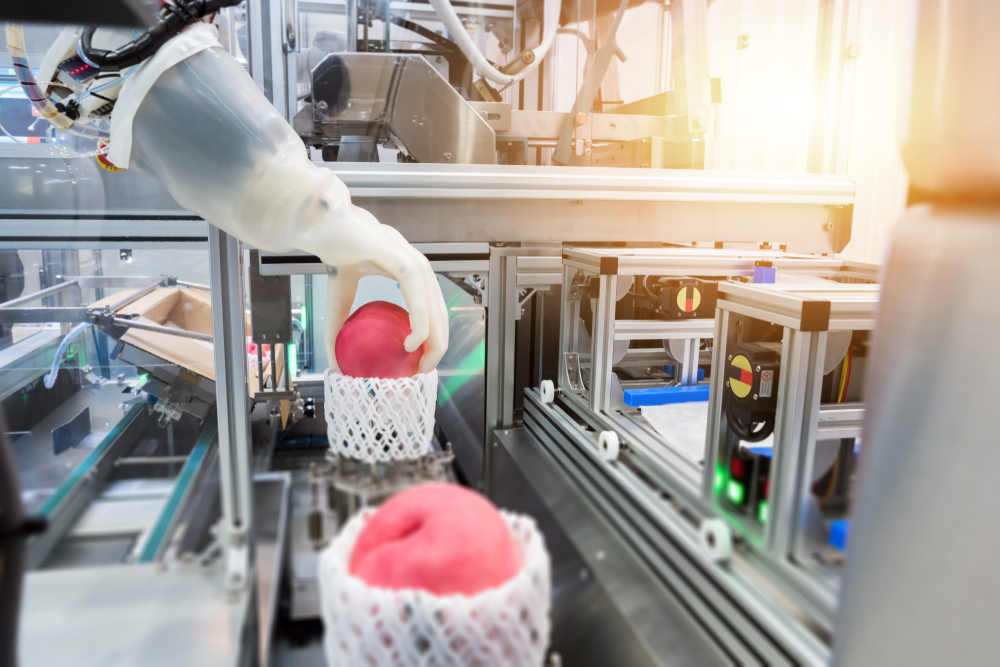Unraveling the Intricacies of Continuously Variable Transmissions
The world of automotive technology is a vast and ever-evolving landscape, with innovations and advancements constantly reshaping our understanding of vehicles. One such marvel of engineering that has been gaining traction in recent years is the Continuously Variable Transmission (CVT). This technology, while not entirely new, has been refined and improved to a point where it is now a viable alternative to traditional automatic and manual transmissions.

A Brief History of CVTs
The concept of a Continuously Variable Transmission isn’t a recent invention. In fact, it dates back to the late 15th century, when Leonardo da Vinci first sketched a stepless continuously variable transmission. However, it wasn’t until the 20th century that CVTs started to be used in production vehicles.
Daf, a Dutch automaker, was the first to introduce CVTs in passenger cars in the late 1950s. The technology was initially met with skepticism due to its unconventional operation and perceived lack of reliability. However, with advancements in materials and design, CVTs have become more robust and efficient, leading to their increased adoption in modern vehicles.
Understanding the Mechanics of CVTs
Unlike traditional transmissions that use a fixed set of gears, a CVT uses a pair of variable-width pulleys connected by a belt or chain that can alter their effective diameter. This allows for an infinite number of gear ratios, providing smooth and seamless acceleration.
One of the key advantages of a CVT is its ability to keep the engine at its most efficient RPM for a range of vehicle speeds. This leads to better fuel efficiency and a smoother driving experience, as the need for gear shifts is eliminated.
The Rise of CVTs in Modern Vehicles
In recent years, many automakers have started to favor CVTs over traditional transmissions. This is largely due to their superior fuel efficiency and smooth operation. CVTs are particularly well-suited to small, fuel-efficient cars, where their benefits can be most effectively utilized.
However, CVTs are not without their challenges. They have been criticized for their lackluster driving experience, as the lack of gear shifts can make acceleration feel sluggish. Additionally, CVTs are generally more expensive to repair or replace than traditional transmissions, which can be a deterrent for some buyers.
The Future of CVTs
Despite these challenges, the future looks bright for CVTs. With ongoing advancements in materials and design, CVTs are becoming more reliable and enjoyable to drive. Some automakers are even introducing artificial ‘steps’ into their CVTs to mimic the feel of a traditional automatic transmission, addressing one of the main criticisms of the technology.
In conclusion, the Continuously Variable Transmission is a fascinating piece of automotive technology that offers a unique blend of efficiency and smooth operation. While it may not be the perfect solution for every vehicle, its increasing adoption in modern cars is a testament to its potential. As we continue to push the boundaries of automotive technology, it will be interesting to see how CVTs evolve and shape the future of driving.





